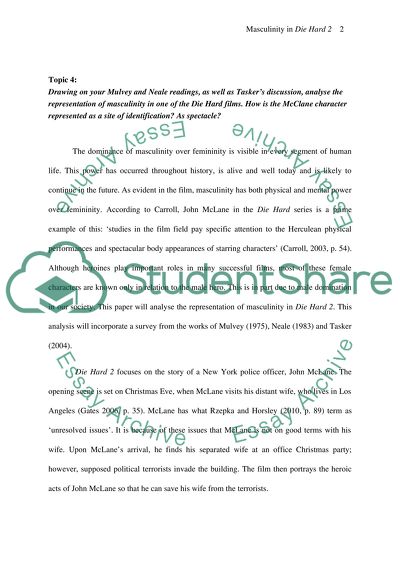Cite this document
(“Drawing on your Mulvey and Neale readings, as well as Tasker's Essay - 2”, n.d.)
Drawing on your Mulvey and Neale readings, as well as Tasker's Essay - 2. Retrieved from https://studentshare.org/visual-arts-film-studies/1459484-drawing-on-your-mulvey-and-neale-readings-as-well
Drawing on your Mulvey and Neale readings, as well as Tasker's Essay - 2. Retrieved from https://studentshare.org/visual-arts-film-studies/1459484-drawing-on-your-mulvey-and-neale-readings-as-well
(Drawing on Your Mulvey and Neale Readings, As Well As Tasker'S Essay - 2)
Drawing on Your Mulvey and Neale Readings, As Well As Tasker'S Essay - 2. https://studentshare.org/visual-arts-film-studies/1459484-drawing-on-your-mulvey-and-neale-readings-as-well.
Drawing on Your Mulvey and Neale Readings, As Well As Tasker'S Essay - 2. https://studentshare.org/visual-arts-film-studies/1459484-drawing-on-your-mulvey-and-neale-readings-as-well.
“Drawing on Your Mulvey and Neale Readings, As Well As Tasker'S Essay - 2”, n.d. https://studentshare.org/visual-arts-film-studies/1459484-drawing-on-your-mulvey-and-neale-readings-as-well.


